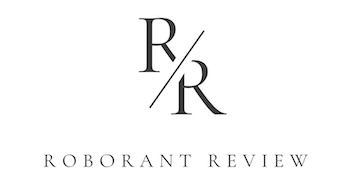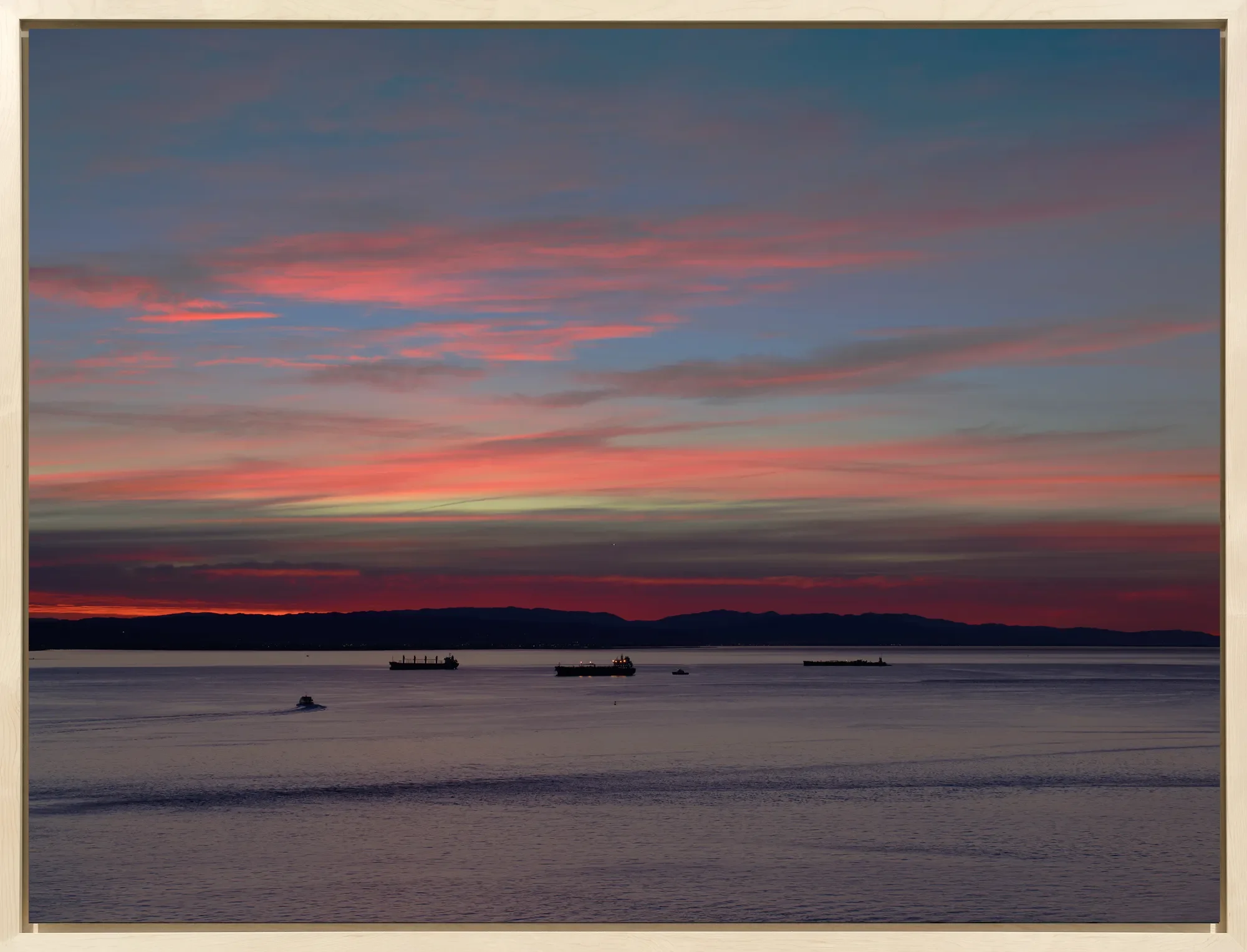Richard Misrach, Roaming the Deserts and Plumbing the Seas, Fraenkel Gallery
Richard Misrach Rewind
October 30 – December 20
By Jan Wurm
Approaching a career retrospective is entering a space of wonderment and excitement. There is the tantalizing hope of buried treasure—the uncovered works dug up from the depths of the artist's studio or the work whisked away to a private collector's home and unseen in public for the ensuing decades. There is the intrigue of a deep dive into a period so that its nascent form can just be discerned, its development and flowering savored, and its diversion in another direction captured. There is a satisfaction when puzzled "Whys?" are answered by juxtapositions. And there is an internal shifting and elation when the entirety of an artist's thinking, motivation, and practice holds a clarity and meaning that enriches our relationship to art and the meaning it can hold.
San Francisco will need to wait in a long line for the major retrospective of the work of photographer Richard Misrach. This exhibition will first find its audience in Europe and will travel the world before finding its landing spot in the Bay Area.
Some may consider that the multiple major exhibitions mounted by the Oakland Museum of California and the Berkeley Art Museum, and refreshed by regular gallery presentations at Fraenkel, have given a fair impression of the photographer's eye. And many may consider the stunning books produced throughout Misrach's career to be of central significance, recording not only his visual determinations, but also the intellectual probing amplified in his writing and the essays of contemporary thinkers. So there may be questions of what to expect from a career retrospective.
The current exhibition at Fraenkel has been characterized as a taste of what is to come in the future retrospective--an overture to engage and leave one waiting for the full explosion of color and crescendo.
What this selection of works spanning six decades does present are touchstones for historical memory: Telegraph Avenue of the Sixties for those who were there and those who were not but romanticize, flooding and devastation — trauma lived, or observed, or even forgotten. These photographs envelop the viewer with air, water, light, and the pure awe of nature.
The gallery provides an intimate space to quietly meet the young photographer exploring self-portrait and darkroom magic, venturing into the desert and, like Alice in Wonderland, not fully knowing the adventures and mysteries that lie ahead. The space also opens with the expanse of ocean that takes the measure of our grasp of enormity, the human body scaled to a proportional gesture. The scope of land and the de-humanization of political geography, manifested in the scaring border wall, ring out like the folly of a line drawn across a map--Misrach's lens frames and centers these transgressions so that we cannot look away.
The aesthetic of these prints is often cited. It is an aesthetic at odds with the horror of chemical contamination, at odds with dead animals and disease, at odds with collapse and decay. It is a point often raised and argued, yet the dissonance is often an essential of the chilling core.
But other aspects of this enormous catalogue: from the quiet of night photography, the stillness of the black and white, the scale of the hand-held page, and the verticality of the human form and its echo in the cactus, developing through to the expanded horizontality of a broadening landscape, the incursion of color, the explosion of the graphic, the all-over-to-the-edge, the holding fast to all that is beyond our grasp—these are shifts and re-orientations in the work that ask for a retrospective. It is from the vantage point of a half-century that the intricacies and rhythms of a dedicated lifetime reveal scope and vision.
Wetting an appetite for more, sparking a curiosity for the in-between, pointing in directions and questioning the whys and whynots-- this exhibition, touching on Misrach's earliest forays through his most recent visual contemplations, sets the stage for deeper revelations, and in the midst of all the miles of land and sea, all the years of fires and storms, found in a sheltered gallery –a place to pause, to gaze into the fog, and rest with the empty shopping cart in the empty parking lot. It is an image to transport us to a moment without movement, without time.





